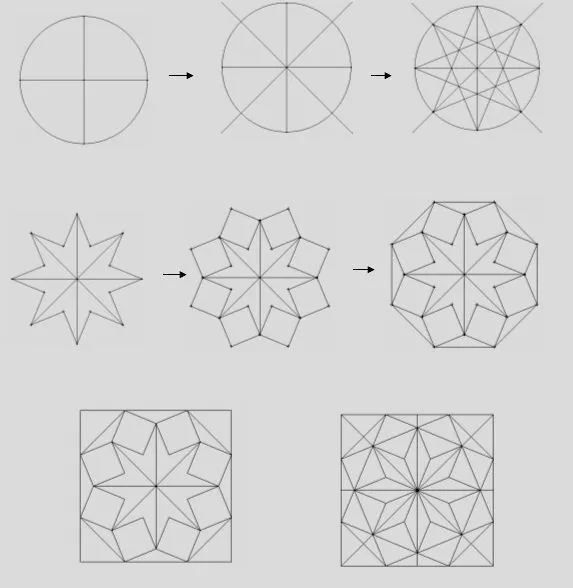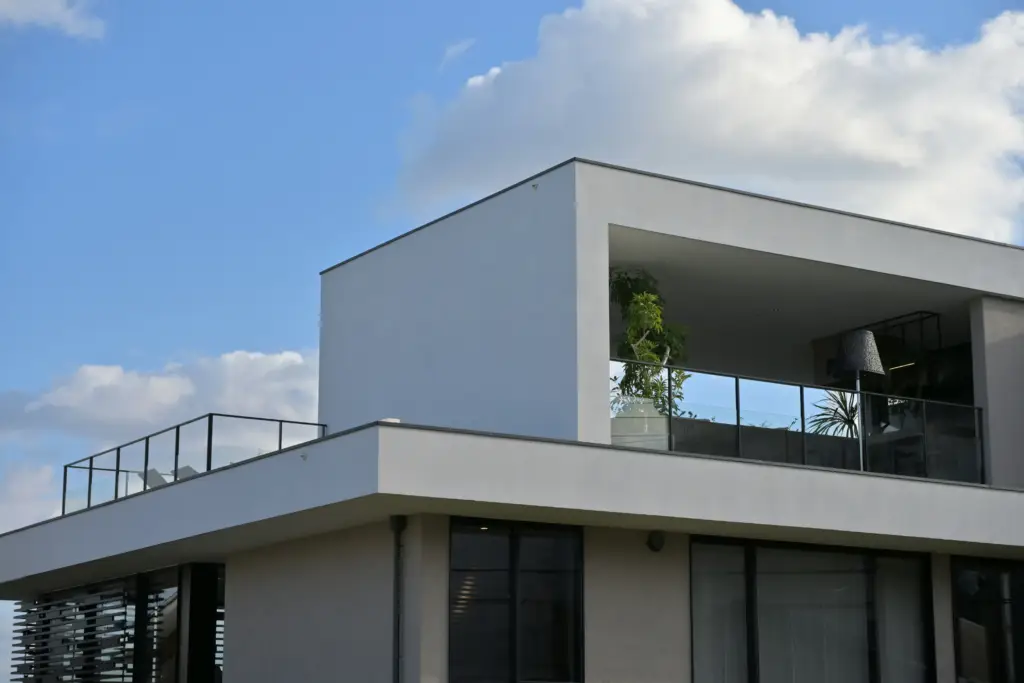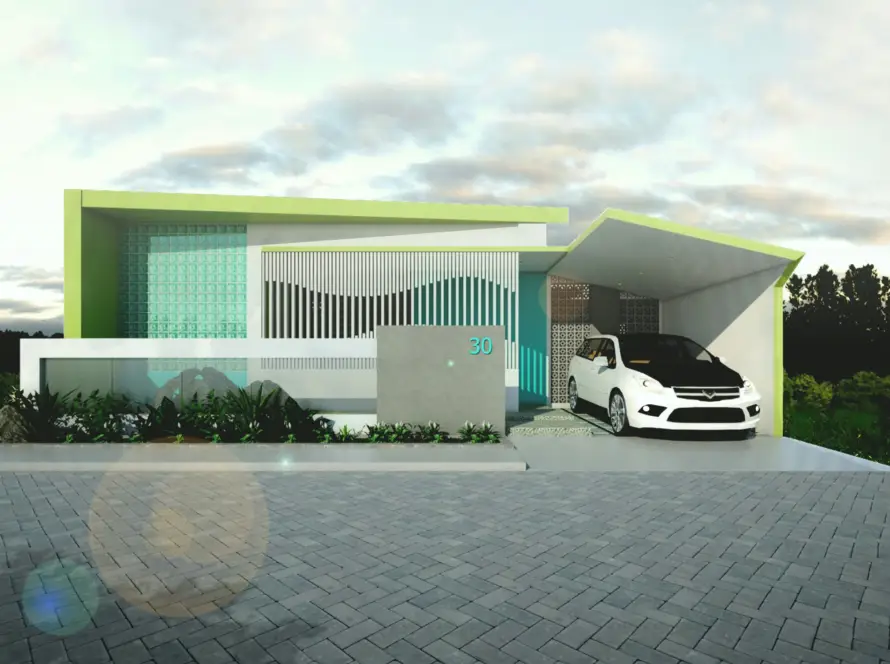
Image by Studio_articulation on Pinterest
Table of Contents
Introduction
If you have ever walked into a building that just feels right; spacious, welcoming, and practical, you might be experiencing the magic of architectural design patterns at work. These are not some fancy tech term; they are proven ways to solve common problems in building design, making spaces more livable and efficient. The concept kicked off with Christopher Alexander’s groundbreaking book, A Pattern Language, which lays out reusable ideas for everything from towns to individual rooms.
In physical architecture, patterns help guide how we shape our environments. They focus on human needs, like natural light or social gathering spots, and adapt to local cultures; like incorporating open courtyards in Nigerian homes for ventilation.
This guide breaks it down for beginners, covering basics, popular patterns, and tips to apply them. Even if you are not an architect, understanding these can help with your next renovation or build. Ready? Let’s get into it.
RELATED BLOG POST
Want to bring these patterns to life? Reach out to Imprexi for expert guidance on your next architectural project in Nigeria. We are here to help design spaces you’ll love.
Understanding the Basics of Architectural Design Patterns
So, what are architectural design patterns in the world of physical buildings? You can think of them as tried-and-true recipes for creating spaces that work well. They come from observing how people interact with their surroundings and spotting recurring solutions to issues like poor lighting or awkward layouts.
Unlike rigid blueprints, these patterns are flexible guidelines. For example, Christopher Alexander described 253 patterns in his work, ranging from large-scale urban planning to small details like window placement. They are different from architectural styles (like Gothic or Modernist), which are more about overall aesthetics, patterns zoom in on functional fixes.
Why bother learning them? They make designs more user-friendly and sustainable.
Key elements that patterns often build on:
- Balance: Even distribution of visual weight.
- Rhythm: Repeating elements for harmony.
- Unity: Tying everything together cohesively.
If you are new, start by seeing patterns in everyday spaces, like how a porch creates a welcoming transition from street to home.

Common Architectural Design Patterns for Beginners
Alright, let us look at some hands-on examples. These patterns come from classic sources like Alexander’s work and modern adaptations. We will keep it simple, with real-world uses to spark ideas for your projects.
Street Cafe Pattern
This one is about creating lively social spots in urban areas. The problem? Cities often lack cozy places for people to gather and watch the world go by. The fix: Design small cafes that spill onto sidewalks, with tables under awnings and views of foot traffic.
Benefit: It turns empty streets into vibrant hubs.
Pros: Boosts community interaction.
Cons: Needs good weather considerations in places like Nigeria.
Example: Think of Lagos cafes where folks sip tea while people-watching, perfect for beginner urban planners.
Positive Outdoor Space Pattern
Have you ever been in a yard that feels enclosed and safe? This pattern solves the issue of wasted outdoor areas by shaping them into defined, positive spaces with boundaries like walls or hedges.
Pros: Creates usable, private spots.
Cons: Can feel confining if overdone.
When to use: In home designs for gardens or patios, linking indoor and outdoor living.
Hierarchy of Open Spaces Pattern
This addresses how public areas flow from large to small. Start with big plazas, then medium courtyards, down to intimate nooks.
Example: A community center with a main square leading to smaller gathering rooms.
Pros: Guides movement naturally.
Cons: Requires careful site planning.
Beginner tip: Apply this in Nigerian compounds for family-friendly layouts.
Modular Construction Pattern
A more modern take, build with prefab modules that snap together like Lego. Solves speed and cost issues in construction.
Pros: Faster builds, less waste.
Cons: Limited customization sometimes.
Use case: Affordable housing projects, tying into pattern architecture design for efficiency.
Quick tips for newbies:
- Sketch your space first.
- Mix patterns for unique results.
- Check local examples, like traditional African compounds for inspiration.

Want to bring these patterns to life? Reach out to Imprexi for expert guidance on your next architectural project. We are here to help design spaces you will love.
How to Choose and Implement Architectural Design Patterns
Choosing the right pattern starts with your goals. Do you want a sustainable home or a community-focused space? Factor in site, budget, and users. For instance, in tropical climates, prioritize patterns with natural ventilation.
Steps to get started:
- Assess the problem: What’s not working in the space?
- Pick patterns: Cross-reference from books like A Pattern Language.
- Prototype: Use models or sketches.Build and tweak.
Watch for pitfalls like ignoring cultural fit, adapt patterns to local needs, as seen in Imprexi’s architectural designs guide.
Advanced Tips and Trends in Architecture and Design Patterns
Once comfortable, explore digital twists like parametric design, where algorithms shape patterns for complex forms. Trends include biophilic patterns with plants for wellness, or sustainable ones using recycled materials.
Resources: Explore The Timeless Way of Building by Alexander, or sites like ArchDaily for case studies. In Nigeria, look at eco-friendly patterns for energy efficiency.
Conclusion
To sum it up, architectural design patterns offer a smart way to craft buildings that feel alive and functional, drawing from timeless ideas to modern innovations. These tools can transform your vision.
Want to bring these patterns to life? Reach out to Imprexi for expert guidance on your next architectural project in Nigeria. We are here to help design spaces you’ll love.
READ MORE: 3 Key Qualities of Architectural Design You Should Know
FAQ
1. What are architectural design patterns in physical buildings?
They are reusable solutions to common design problems, like creating welcoming spaces, inspired by works like Christopher Alexander’s patterns.
2. Which pattern is great for beginners in home design?
Try the Positive Outdoor Space pattern. It is simple and turns yards into cozy, defined areas.
3. How do patterns differ from architectural styles?
Patterns focus on functional fixes, like social gathering spots, while styles are about overall looks, such as Modern or Traditional.




